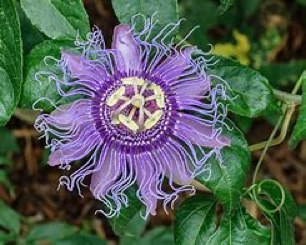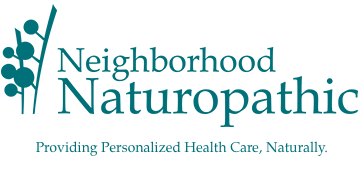The “passionflower” was discovered in 1569 by Spanish explorers in Peru who saw the flowers as symbolic of the passion of Christ and as a sign of Christ’s approval of their efforts, which became the origin of the scientific and common names. In Europe, passionflower has been used in homeopathic medicine to treat pain, insomnia related to neurasthenia or hysteria, and nervous exhaustion. It has also been used for bronchial disorders (particularly asthma), inflammation, inflamed hemorrhoids, pediatric attention disorders, pediatric nervousness and excitability, and as a compress for burns.
Passiflora feeds the nervous system instead of depleting it. So, you will feel calm, but without the side affects you might notice on another medication. This also means you will see more benefit the longer you use it. Some studies have even shown it is effective for minor procedures, as a form of conscious sedation, without the side effect of forgetfulness after the procedure.
The form used matters. Did you know that it actually has cyanide in its leaves?
Qualities: Antispasmodic, sedative, hypnotic, hypotensive, vasodilator, cardiotonic, bitter, diuretic, anti-depressant, nervine relaxant, anxiolytic, analgesic.
Uses: Passiflora has a depressant effect on CNS activity and is hypotensive; it is used for its sedative and soothing properties, to lower blood pressure, prevent tachycardia and for insomnia. Can be used safely for nervous tension and restlessness, muscle spasm, headaches, irregular sleep patterns, irritability, neuralgias and any condition in which an antispasmodic would be beneficial.
Contraindications: None known.

References:
Dantas, L.P., de Oliveira-Ribeiro, A., de Almeida-Souza, L.M., Groppo, F.C. (2017). Effects of passiflora incarnata and midazolam for control of anxiety in patients undergoing dental extraction. Medicina Oral Patologia Oral (1) 95-101.
Miroddi, M., Calapi, G., Navarra, M., Minciullo, P.L., Gangemi, S. (2013). Passiflora incarnata L: ethnopharmacology, clinical application, safety, and evaluation of clinical trials. Journal of Ethnopharmacology. 150 (3), 791-804.
Tierra, L. (2003). Healing with the Herbs of Life. New York, NY: Crossing Press.
Tilgner, S.M. (2009). Herbal Medicine From the Heart of the Earth, 4th edition. Pleasant Hill, OR: Wise Acres LLC.
